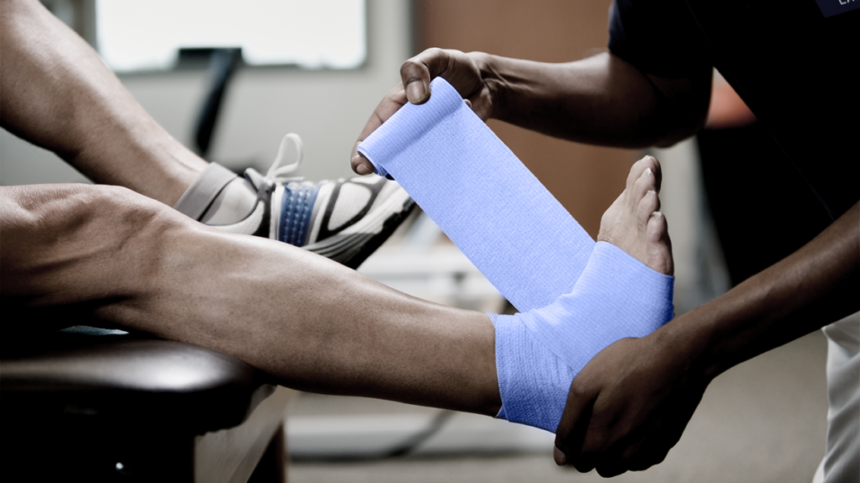Ankle wounds are common, affecting millions each year, from minor cuts to complex ulcers needing specialized care. The ankle’s anatomy and constant pressure make it prone to injuries and challenges in healing. Understanding the types of ankle wounds and their corresponding treatments helps determine when to seek medical care. Proper care and knowledge can also support a smoother healing process.
Cuts
Superficial cuts are the most common type of ankle wound, usually affecting the outer skin layer (epidermis) and sometimes the dermis. They often result from minor accidents, such as shaving mishaps, scrapes, or contact with sharp objects. These wounds typically heal within a few days with proper care and rarely require stitches, but keeping them clean and protected is necessary. On the other hand, puncture wounds occur when sharp objects like nails or glass penetrate the skin, creating deep, narrow channels that are harder to clean and pose risks of infection or tetanus.
Deep cuts are more severe as they extend through multiple skin layers and may damage muscles, tendons, or blood vessels. These injuries often result from accidents involving sharp objects like knives or broken glass. If bleeding cannot be controlled, they require immediate medical attention. Proper care is necessary to avoid complications like infection or embedded debris.
Ulcers
Diabetic ulcers are a common complication of diabetes, especially in individuals with poor blood sugar control or nerve damage (diabetic neuropathy). These wounds often form over pressure points, such as the feet and ankles, and can go unnoticed due to reduced sensation. Healing is frequently impaired by poor circulation and weakened immune function, making specialized wound care and monitoring a priority to prevent serious complications.
Arterial ulcers result from poor blood flow to the foot and ankle tissues, often linked to peripheral arterial disease (PAD). These wounds typically form on the outer ankle, toes, or heel and are characterized by a pale appearance with minimal drainage. Due to insufficient circulation, arterial ulcers are difficult to heal and usually require treatments aimed at improving blood flow to the affected area.
Venous and pressure ulcers are common in the ankle region. Venous ulcers occur when veins fail to return blood effectively. This causes fluid buildup and increased pressure, often leading to irregular wounds on the inner ankle or lower leg. Pressure ulcers develop from sustained pressure cutting off blood flow, especially in bedridden individuals or those wearing poorly fitting shoes. Both conditions require careful management to promote healing and prevent complications.
Fractures
A compound fracture occurs when a broken bone pierces through the skin, creating an open wound. This type of injury combines a broken bone with soft tissue damage. It requires immediate emergency medical attention due to the high risk of infection. Prompt surgical treatment is necessary to clean the wound and repair the bone. Without proper care, complications such as infection can occur. Healing involves addressing both the bone fracture and the damaged soft tissue.
Support Ankle Wound Recovery
Proper wound care helps support the body’s natural healing process. This involves keeping wounds clean, covered, and managing any health conditions that could slow healing. Understanding different types of ankle wounds helps in deciding on the proper care and when to seek medical help. Minor cuts often heal with basic first aid, but complex wounds need specialized treatment. Following medical advice promotes better healing and helps prevent complications.





